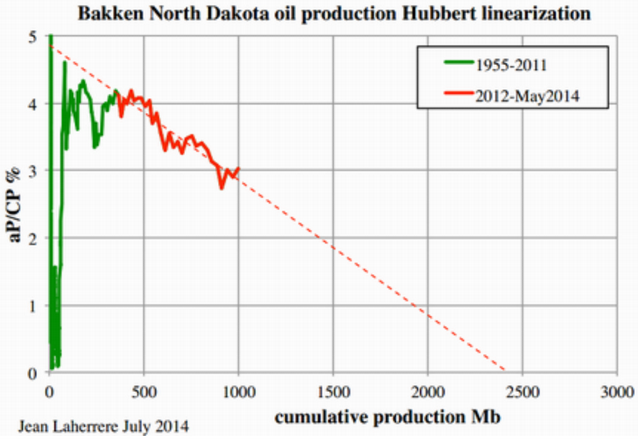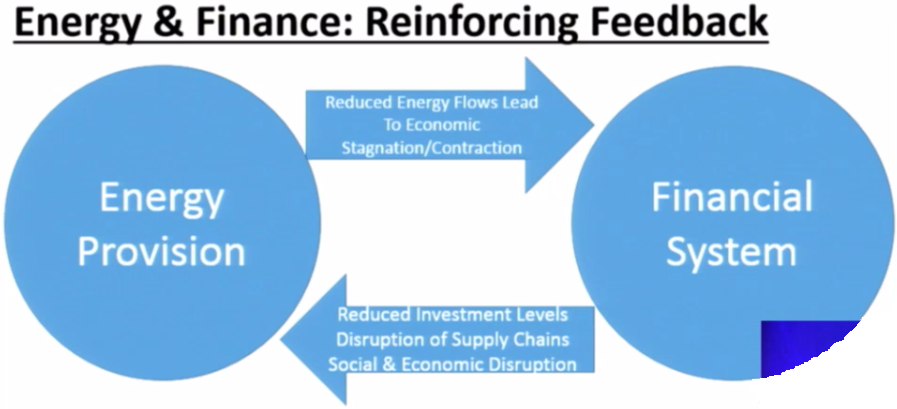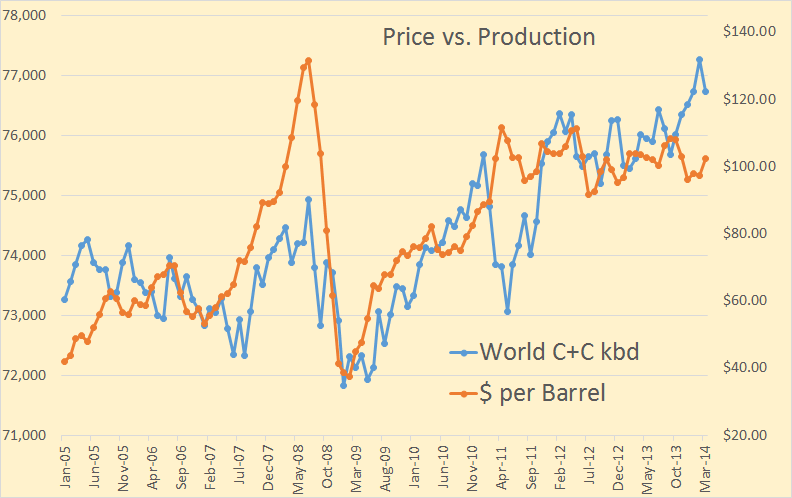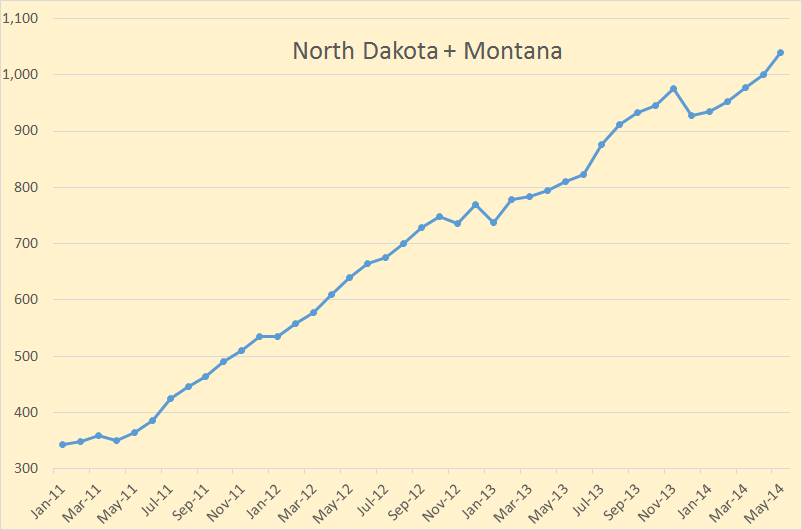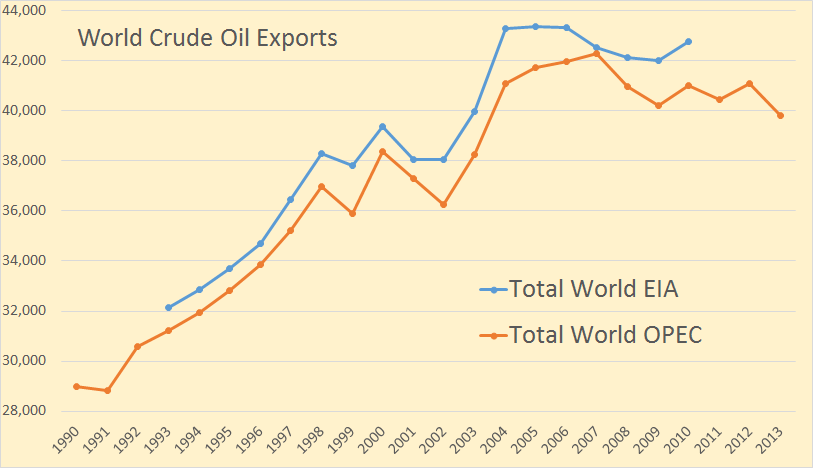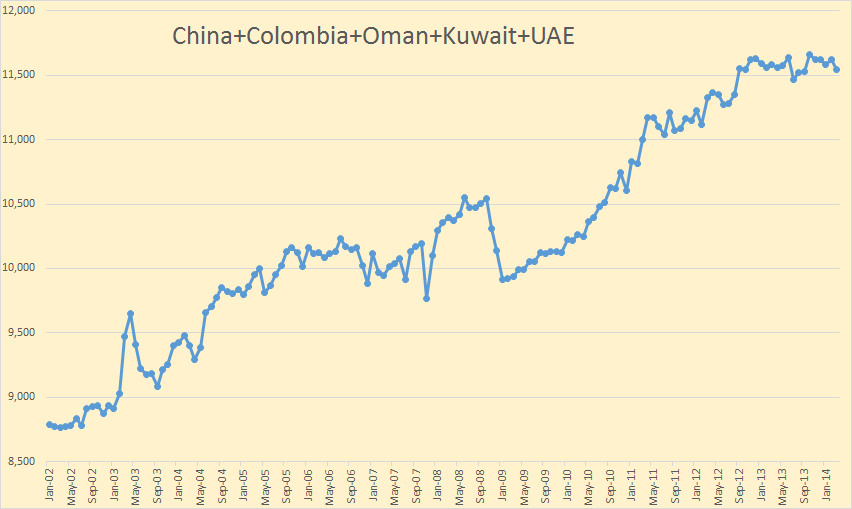This is a guest post by David Archibald
The Imminent Peak in US Oil Production
The seven years of production of tight oil in the US has produced enough data to
enable estimation of the amount of oil that will be recovered from these systems and
the timing of peak production. Based on data to May 2014, the four main tight oil
basins will produce a total of 7.7 billion barrels with a peak production rate of 3.9
million barrels per day in mid-2015. Following that peak, production is predicted to
decline as rapidly as it rose. That in turn is expected to cause a re-assessment of the
ability to produce sufficient transport fuels based on current policies.
The Bakken in North Dakota
Jean Laherrere has plotted monthly oil production from the Bakken Fm in North
Dakota using Hubbert linearization:
FIG. 1
Also called a logistic decline plot, Hubbert linearization plots annual production divided by cumulative production to that date on the y axis against cumulative production on the x axis. This is the method that M. King Hubbert famously used in 1956 to predict the peak of US oil production in 1970. He was also largely correct in predicting the rate of decline from that peak. This methodology is based on the theory of the rate of extraction from a finite resource originally developed by the early nineteenth-century Belgian mathematician Pierre Francois Verhulst (1804–1849). The fact that Bakken production from 2012 has plotted as a straight line on this graph reflects depletion of a resource close to 2,500 million barrels.
Nearly 90% of Bakken production in North Dakota comes from four counties:Williams, Dunn, Mountrail and McKenzie. Figure 2 shows the monthly production history of these counties from 2005:
FIG. 2
Read More
